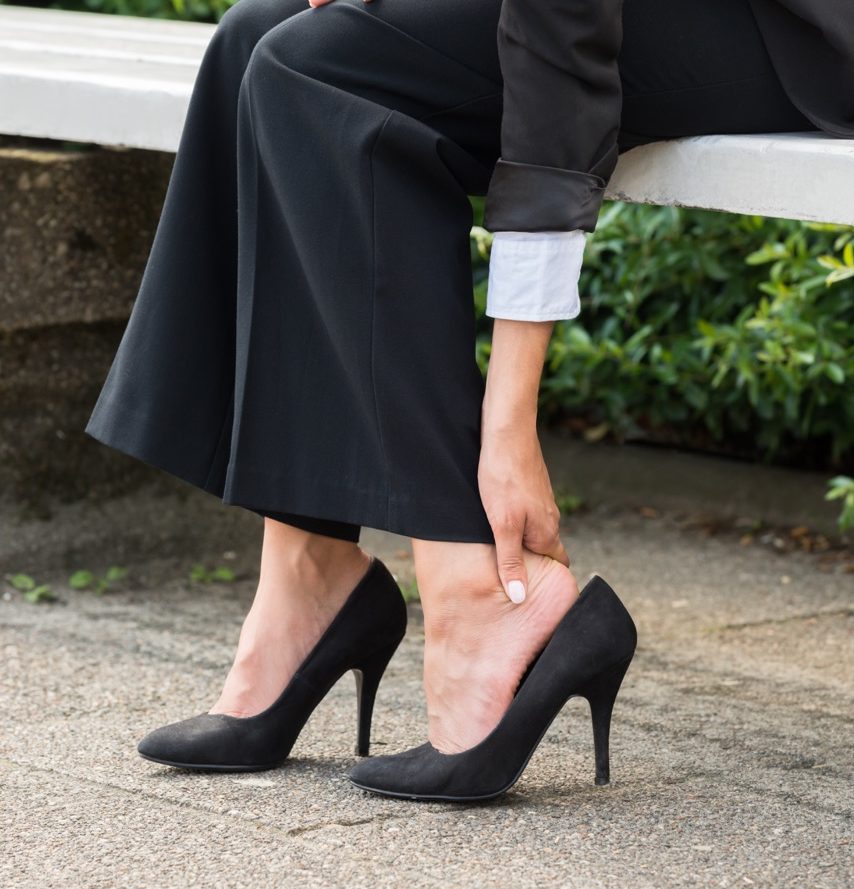To Have or Not to Have Bunion Surgery

What are Bunions?
Bunions are a deformity of the metatarsophalangeal (MTP) joint at the base of the big toe. A bunion develops when the first metatarsal bone of the foot turns outward and the big toe points inward toward the other toes, which causes the joint to jut out. Most shoes don’t accommodate the protrusion and put pressure on the misaligned joint. Eventually, the bursa, a fluid-filled sac that surrounds and cushions the joint, becomes inflamed and the entire joint becomes stiff and painful. Shoes with narrow toes and high heels can trigger a bunion, but they’re not the underlying cause. Foot type, shape, and structure, is hereditary. Low arches, flat feet, the shape of the metatarsal head, and loose joints and tendons all increase the risk for bunions. Bunions are 10 times more common in women than in men. Bunions are also associated with arthritis, which damages the cartilage within the joint. The MTP joint helps to support and distribute weight during a range of activities. A bunion at this critical junction of bones, tendons, and ligaments can seriously impair the foot’s functioning. Under the pressure of the big toe, the other toes may develop corns or become bent, forming hammertoes. It’s possible to relieve pain and prevent bunions from progressing with conservative measures that take the pressure off the MTP joint and improve foot mechanics.
The first step is to relieve the pressure by wearing the right kind of shoe with a wide, flexible sole to support the foot and enough room in the toe box to accommodate the bunion. When the bunion is irritated and painful, warm soaks, ice packs, and nonsteroidal anti-inflammatory drugs such as ibuprofen may help. Cortisone injections can relieve pain by reducing inflammation. If conservative measures fail and the pain persists and interferes with daily activities, surgery may be necessary to restore the toe to its normal position. Never undertake bunion surgery merely for cosmetic purposes. The aim of surgery is to relieve pain and restore normal function by eliminating the bony protuberance and realigning the joint including ligaments, tendons, and nerves. After an examination and X-rays, the doctors at Direct Orthopedic Care can provide guidance on whether to have or have not surgery or a cortisone injection. For more information on foot conditions treated by DOC, click here.
For more information on the cost of care, click here.




